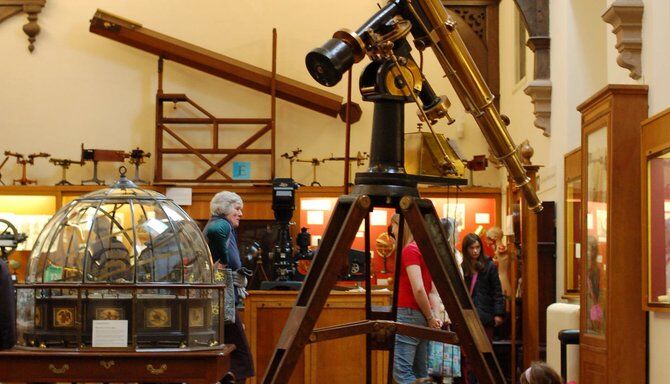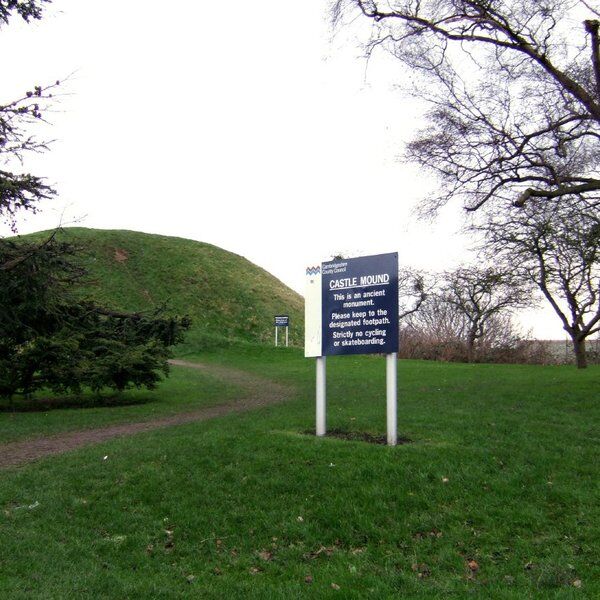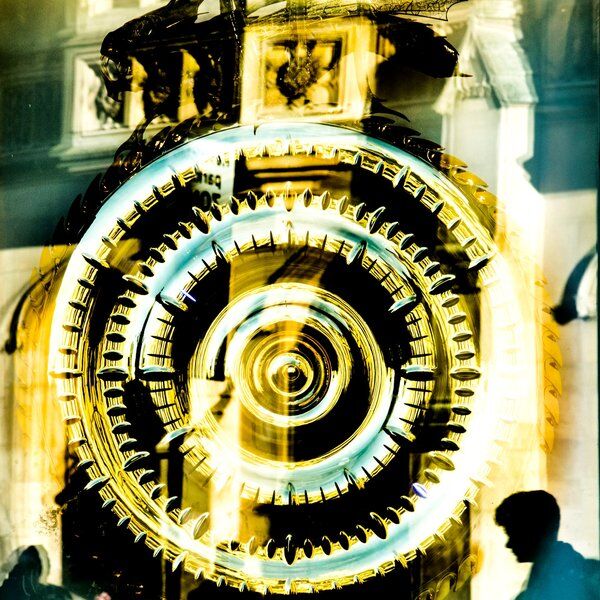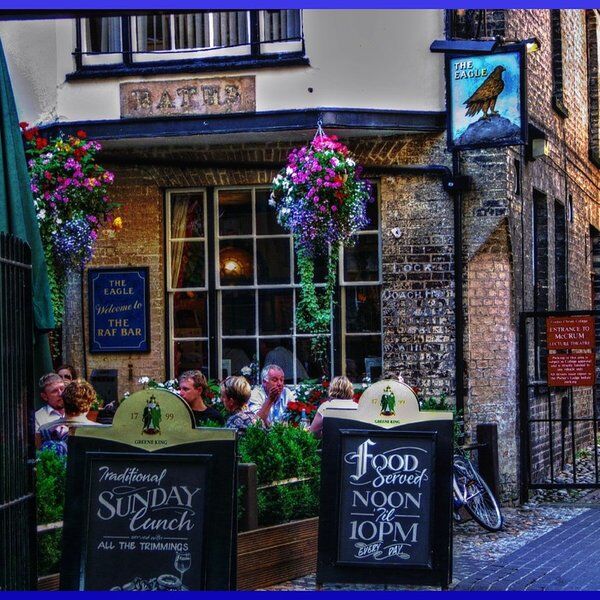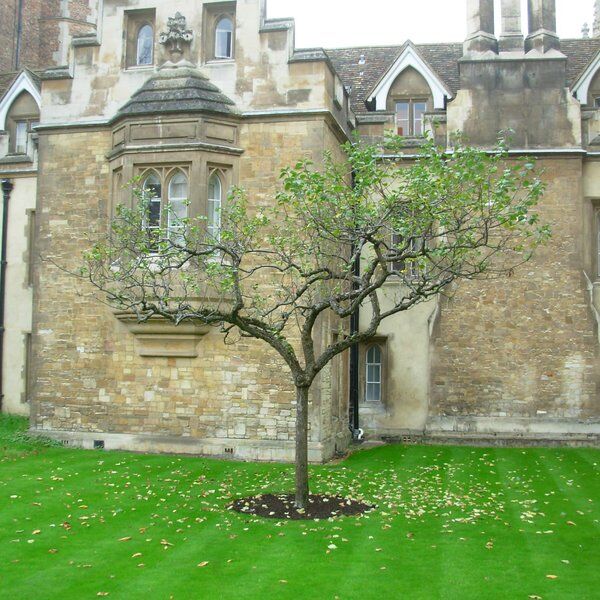Exploring the Whipple Museum in Cambridge
The Whipple Museum of the History of Science – its full title – is part of the University of Cambridge in the United Kingdom. Housed within the former Perse School on Free School Lane, the museum contains an array of scientific instruments, apparatus, models, pictures, prints, photographs, and books, all connected to the evolution of science.
Its inception stems from the generous contribution of Robert Stewart Whipple, who bequeathed his extensive collection to the University. Recognised for its significance on a national and international scale, the museum's collection has received praise from the Museums, Libraries and Archives Council (MLA).

Creating the Whipple Museum of the History of Science
“He was diligent, determined and intrigued by anything a little odd. That helped him gather some truly remarkable things, gems in the material history of science.”
In November 1944 the Whipple Museum, born from one small act of philanthropy that grew into a collection worthy of a museum, began to showcase artefacts from Robert Whipple’s generous donation.
Whipple's professional background in scientific instruments, alongside his position as Managing Director and later Chairman of the Cambridge Scientific Instrument Company, began his passion for collecting in 1913, when he acquired his first piece; an early 18th-century refracting telescope.
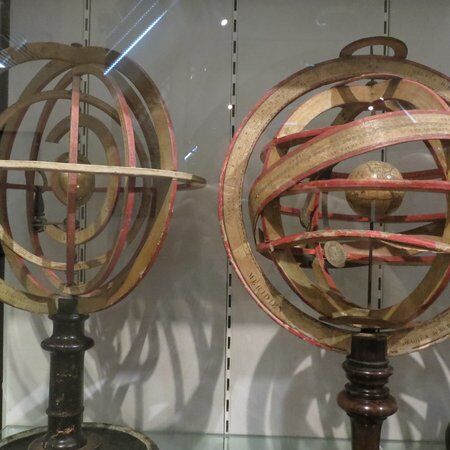
Over the years, his collection expanded to include over a thousand instruments from the 15th to the 20th centuries, alongside scientific books, some of which were also donated to the University.
But there was always a focus on unusual items as opposed to the more expensive ones. One example of this is Whipple’s acquisition of possibly the oldest surviving armillary sphere in the world. Purchased for a mere fifteen pounds, the sphere now highlights the collector’s keen eye for significance over money.

Inside the Whipple Museum: The Collections
“[The collection is] not bounded by geography or time, and it’s equally diverse in terms of design and scientific purpose.”
The museum's exhibits reflect Whipple's global collecting interests, featuring items from various nations, including Germany, Iran, and Japan. Although items span from the mediaeval period to the present day there is a particular focus on the 17th to the 20th centuries. With items such as Charles Darwin's 1846 microscope, a papier-mâché anatomical model of a human from 1890, and Ingeborg Brun's 1930s Mars Globe, taking centre stage.
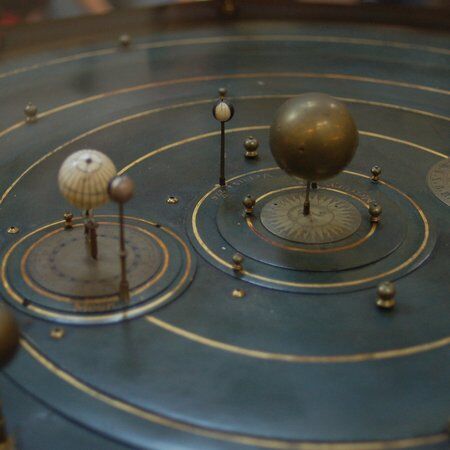
Alongside a more global interest there are English-crafted instruments documenting advancements in astronomy, navigation, surveying, drawing, and calculating.
Highlights include:
- The Cambridge Instrument Company Collection: over 300 instruments and extensive sales and trade literature dating from the late 19th to mid-20th century.
- The Holden-White Collection: over 100 pocket sundials.
- The Cambridge Dept. of Plant Sciences: nearly 1,000 botanical teaching diagrams.
- The Cambridge Department of Zoology: 100 teaching diagrams.
- The Francis Hookham Collection of Hand-Held Electronic Calculators: more than 400 examples.
- Cavendish Collection: over 250 objects from the Cavendish Laboratory of Physics.
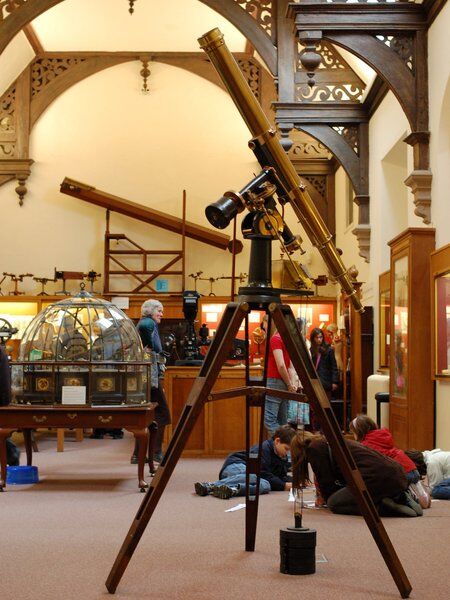
“Whipple wasn’t just interested in the science, he admired the craftsmanship of instrument-making, and the allure of great design. We’re not [just] putting on a technical exhibition about how scientific instruments work.”
His collection not only appeals to scientists but also showcases the beauty of the items’ craftsmanship and design. Through Whipple's letters and notebooks, visitors are able to get a clear sense of what drove his passions and which items stirred his interests.

Research Projects at the Whipple Museum
As a hub for education there are several research projects being carried out throughout the year. Some of these include examining the forgery of scientific instruments during the late 19th and early 20th centuries, the metallographic analysis of alloy types used in scientific instrument-making from the 15th to the 20th century, and migration patterns of astronomical and survey science instrumentation across the British Empire, from the 18th century to the mid-20th century.
In a world dominated by plastic, one aspect of the museum's research also explores ways in which scientific objects can be preserved. Investigating the deterioration of plastics in these artefacts and seeking methods for their prevention and conservation, this project addresses challenges posed by modern materials.
Through its research projects, the Whipple Museum continues to unravel the mysteries of the history of science. Each project adds a layer of understanding to our collective knowledge as a species and how science has shaped our entire being and planet.
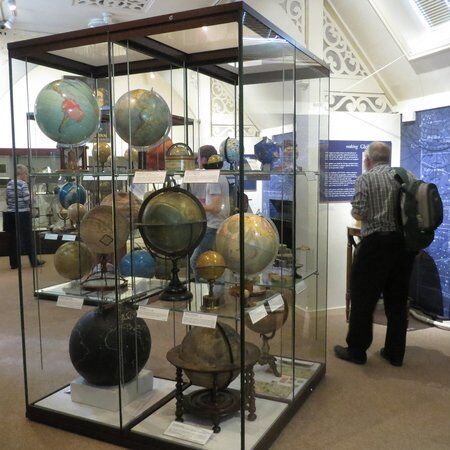
Discover More of Cambridge With CityDays
Ready to discover more of what Cambridge has to offer?
CityDays have a brand new treasure and scavenger hunt in Cambridge, which combines the fun of an escape room with the historic facts and whimsical trivia of a walking tour!
Take the stress out of planning your visit to Cambridge and book your adventure today!
Not visiting Cambridge this time? Don’t worry, you’ll find us all over the world.
